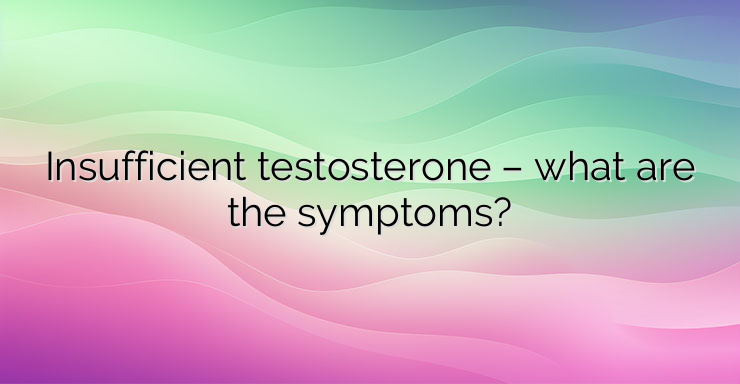Male hypogonadism – a medical condition characterized by reduced function of the gonads (testicles) and insufficient production of testosterone, and sometimes an inability to produce semen. The condition, if not congenital, most often develops as a result of disease, injury or infection. One of the most obvious symptoms is the loss of sexual desire (libido). The loss of interest in sexual contact and masturbation for a longer period of time, as well as the absence of erotic dreams and fantasies are cause for concern. The brain areas that control sexual desire are filled with testosterone receptors – the hormone fits them perfectly in structure and serves to activate them. Without testosterone, however, there is nothing to activate them, there is no stimulation and arousal, which inevitably leads to erection problems. Good testosterone levels support the anabolic function of the muscles – sufficient protein is produced and new muscle fibers are built. As blood testosterone falls, the metabolism turns to catabolite breakdown processes, in which muscle fibers become the first victims. Increased muscle weakness, faster fatigue and visible loss of muscle mass should occur within 2 weeks after hormone levels drop below normal. NEWS_MORE_BOX Other alarming signs are: reduced size of testicles and penis, accumulation of visceral fat (fat accumulated around internal organs), deterioration of memory and concentration, sleep disorders. Low testosterone levels in a man can have many manifestations, and those listed in this text are not sufficient for a diagnosis – at least two blood tests are required that demonstrate a hormone concentration below 300 nanograms/deciliter. This is important to know because many of the damages caused by low testosterone are reversible or controllable with testosterone therapy.


Leave a Reply